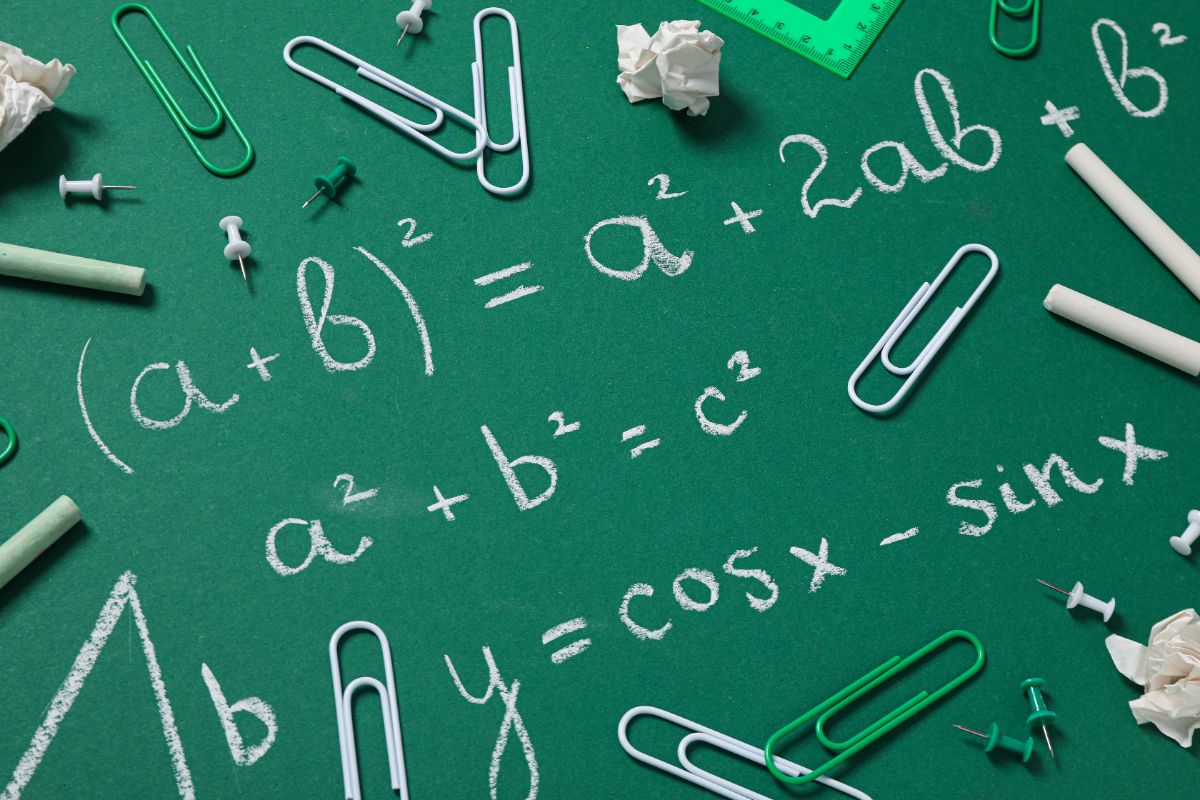I teach assessment to preservice secondary math teachers. The students in this course are required to demonstrate their learning by creating their own assessments. Constructing a traditional-style test with multiple-choice or fill-in-the-blank style questions is relatively easy as this is the kind of assessment math students are accustomed to. Questions focus on solving problems to find the “correct” answer, which tests their knowledge and use of procedural skills.
It’s challenging for my students to construct a task- or project-based assessment that requires mathematical knowledge to create something new or to analyze information. Math students are often unfamiliar with these types of open-ended projects that don’t have a single “correct” answer (even though these types of projects tap into higher-order thinking skills and integrate the Standards for Mathematical Practice). They’re often called alternative assessments and are becoming more widely used in the math classroom to demonstrate students’ proficiency.
In my course, a group of students, Tyler Brooks, David, Gurolnick, and Zachary Robinson, created a project-based assessment as the final piece to an instructional unit on conic sections. With permission from the authors, I am sharing this assessment as an example of a high-quality project-based assessment in mathematics. You’re welcome to use and modify this assessment as there are elements that you may not need for your own classroom. In this blog, l share what makes this an excellent example with the intent of helping others to identify, modify, and/or create high-quality project-based assessments.
Solar System Project Assessment
Links to learning objectives and standards
The first thing to do when writing an assessment is to articulate the learning objectives. If you don’t have great objectives, then it’s unclear where you’ll be going! Objectives need to be based upon standards. On the third page of the assessment document, the objectives and learning objectives for the instructional unit on conic sections are shared. In addition to the Common Core math standards, there’s a Next Generation science standard listed that clearly links to the mathematics. Integrating subjects is a common feature of project-based assessments. It provides a practical application of mathematics and helps answer the question, “why do I need to know this?”
The objectives listed are somewhat long and give quite a bit of information, but they are good for planning purposes and for sharing with other educators. Notice that the verbs: derive, graph, explain, etc., are active and require more than simply performing calculations and identifying the “correct” answer.
Application of content

As mentioned, the science standard helps to provide a practical context for the mathematics content. This context is emphasized in the directions for the assessment, found on the first page of the document. In short, students are required to create a solar system, with planets and a comet, that meets specific requirements. Planets in our own solar system have elliptical orbits with the sun as one of the foci. Comets pass through our system with hyperbolic or parabolic motions. Having students design their own solar system requires them to apply their learning of conic sections creatively.
As this is a summative assessment that must meet learning objectives, there’s a list of questions that students respond to in a written paper. These questions ask students to explain how they constructed their solar system, plus they test their understanding of the vocabulary, graphical representation, and other aspects of the mathematics content. Although students are prompted to write their responses, these questions could be used for an oral exam. You must use questions such as these in project-based assessments to probe students’ understanding and ensure learning objectives are being met.
Scoring Rubric

As explained on page three, the purpose of the assessment is for students to demonstrate what they have learned in the unit on conic sections. The example scoring rubric on page two reflects this purpose with two of the three criteria emphasizing content knowledge. According to the description levels, the expectation is that students will understand the content but may have some minor gaps. If a student fully understands ALL of the content, then this exceeds expectations. Depending on your grading system, you can use point values or expectation levels.
This rubric works well for the given task and aligns with the unit objectives. Often with creative style projects, we see rubrics that primarily score the mechanics of the project. For example, presentations are scored on oral communication skills, visual cues, and timing. But these criteria do not pertain to the learning objectives. The example scoring rubric has one criterion related to the mechanics, but the others align with objectives that focus on content.
There is no such thing as a perfect assessment, but this project-based assessment is a great example. The purpose of sharing this assessment is to give you an idea of how students can prove their knowledge of conic sections and demonstrate the features that make a great project-based assessment. High-quality project-based assessments have the following features:
- Articulated objectives, based upon standards, with active verbs that tap into higher-order thinking skills
- Description of the practical application of content
- Open-ended questions that probe students’ understandings
- Quality rubric with criteria based upon learning objectives (not mechanics)
Project-based assessments often incorporate elements of creativity and utilize standards from other subjects to emphasize the practical use of mathematics. With education moving away from standardized tests, we must have high-quality alternative assessments that can show us what our students know, understand, and, most importantly, are able to DO with the mathematics content and concepts they need to learn.

Project-based assessments allow students to demonstrate the extent of their knowledge in ways that tests can’t. Use the assessment for conic sections (provided here as an example) when identifying, modifying, or creating project-based assessments.







